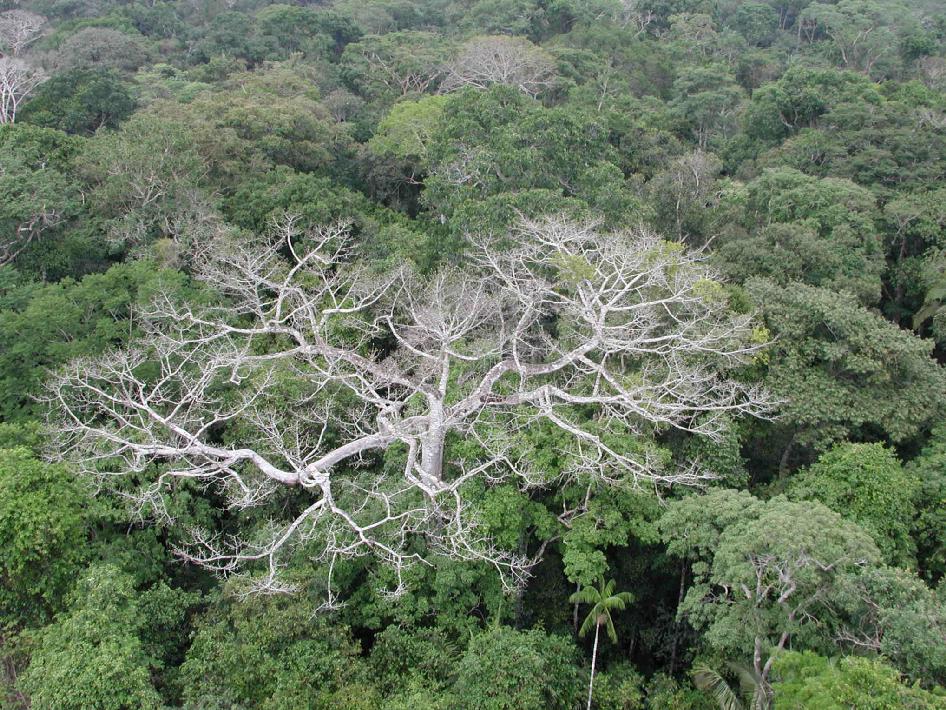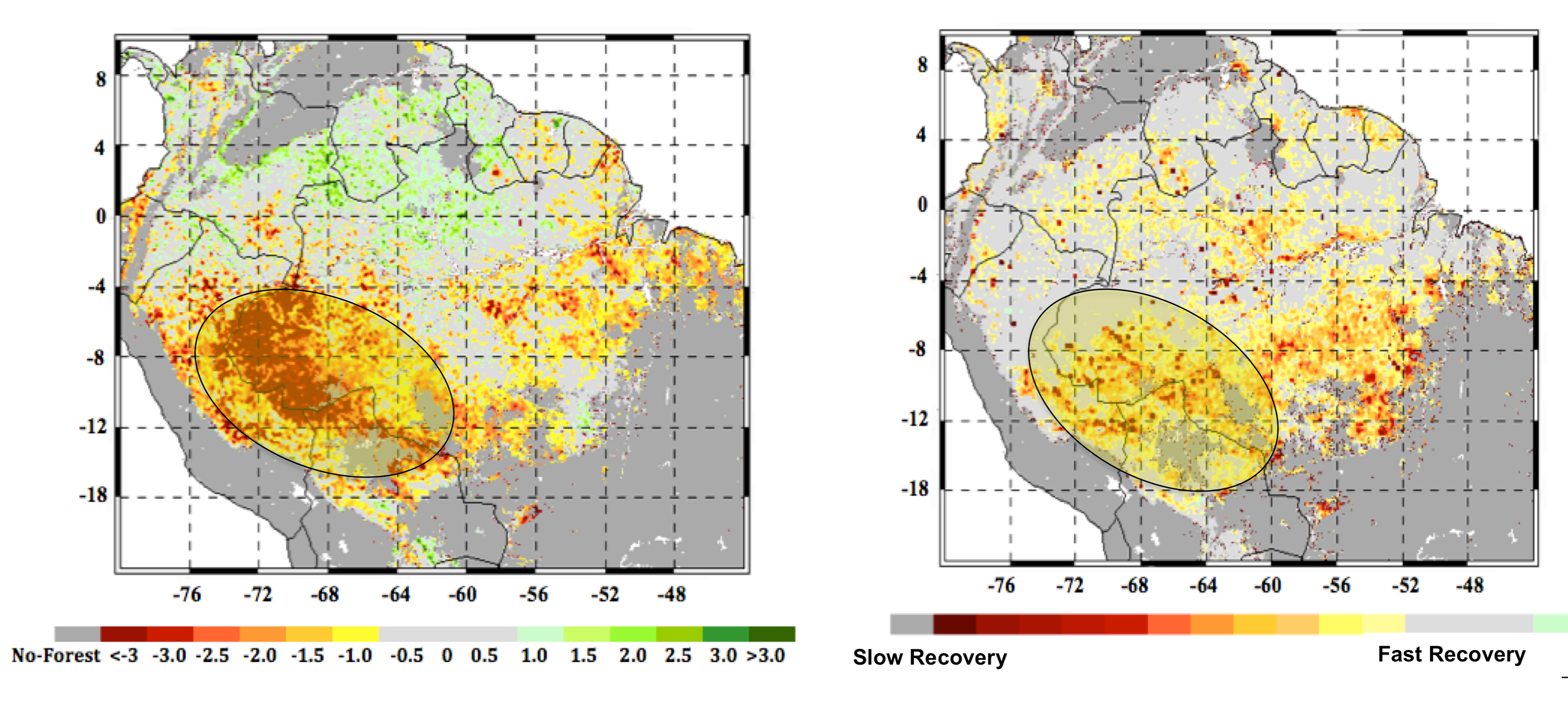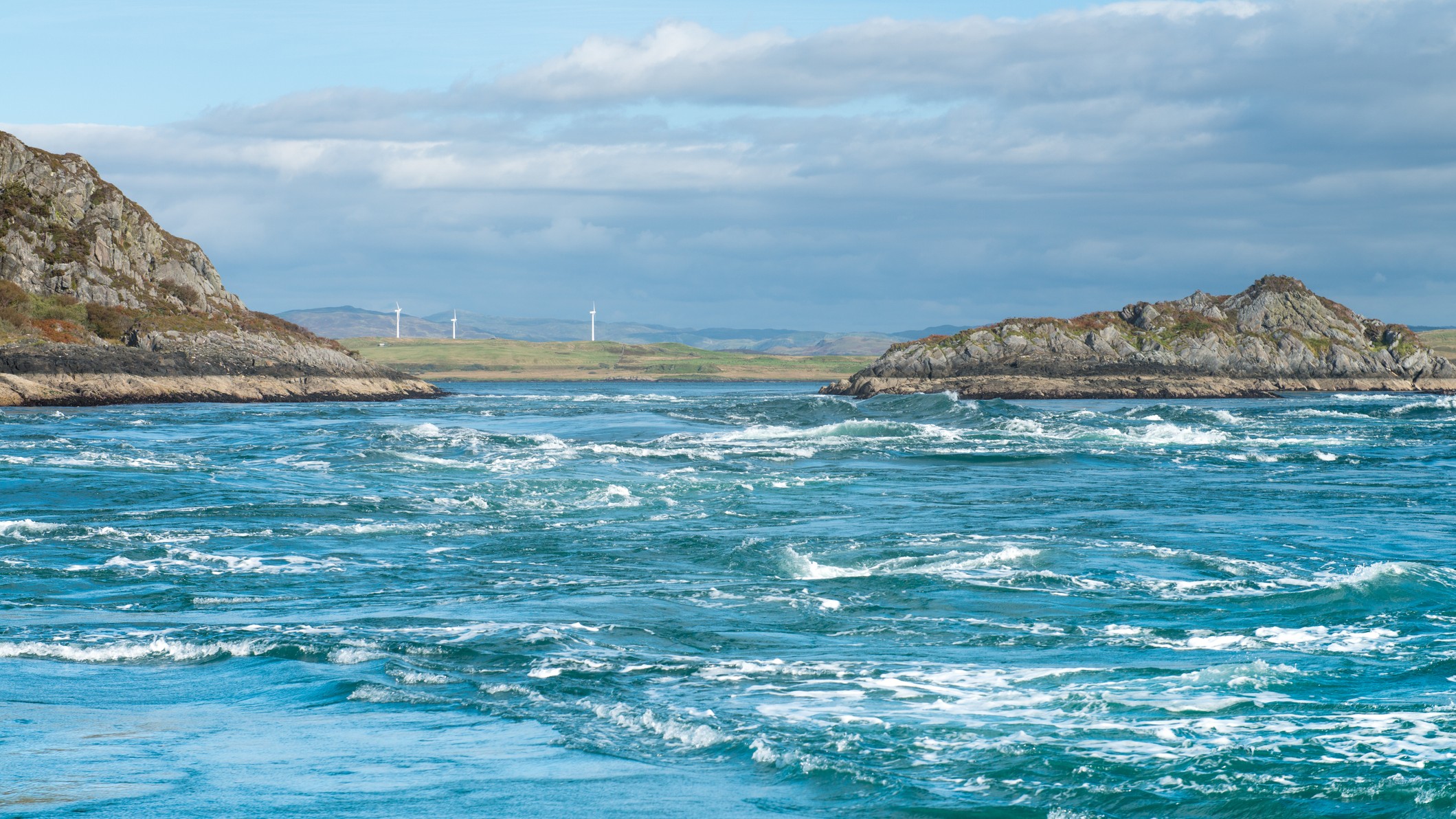Megadrought Took Long-Lasting Toll on Amazon

During the summer of 2005, a stretch of rainforest in the Amazon nearly double the size of California experienced a severe drought. In an area more than 270,000 square miles (700,000 square kilometers) across, dried-out trees toppled to the ground and leaves and branches withered away, especially among the forest's older, more vulnerable canopy trees, researchers say.
Even after rainfall levels bounced back in the next several years, the forest continued to suffer, according to a NASA-led group of scientists. They warn that more megadroughts in the region could have wider impacts for the Earth's carbon cycle.
"The biggest surprise for us was that the effects appeared to persist for years after the 2005 drought," study researcher Yadvinder Malhi of England's University of Oxford said in a statement. "We had expected the forest canopy to bounce back after a year with a new flush of leaf growth, but the damage appeared to persist right up to the subsequent drought in 2010."
When drought hits a forest and kills trees, dead wood releases carbon dioxide as it rots instead of absorbing heat-trapping greenhouse gas from the atmosphere as plants normally do. The study's leader, Sassan Saatchi, of NASA's Jet Propulsion Laboratory, Pasadena, Calif., said that more frequent droughts due to climate change could drag on rainforest ecosystems and the carbon cycle in the long run.

"Our results suggest that if droughts continue at five- to 10-year intervals or increase in frequency due to climate change, large areas of the Amazon forest are likely to be exposed to persistent effects of droughts and corresponding slow forest recovery," Saatchi said. "This may alter the structure and function of Amazonian rainforest ecosystems."
The 2005 drought affected a much bigger area than scientists had previously estimated, Saatchi's team found through satellite observations. About 30 percent of the entire Amazon forest was impacted, with more than five percent suffering severe drought conditions, the researchers said, while, half of the forest was hit by the 2010 drought, with nearly a fifth of it experiencing severe drought.
The research was detailed last month in the journal Proceedings of the National Academy of Sciences.
Sign up for the Live Science daily newsletter now
Get the world’s most fascinating discoveries delivered straight to your inbox.
Follow LiveScience on Twitter @livescience. We're also on Facebook & Google+.











